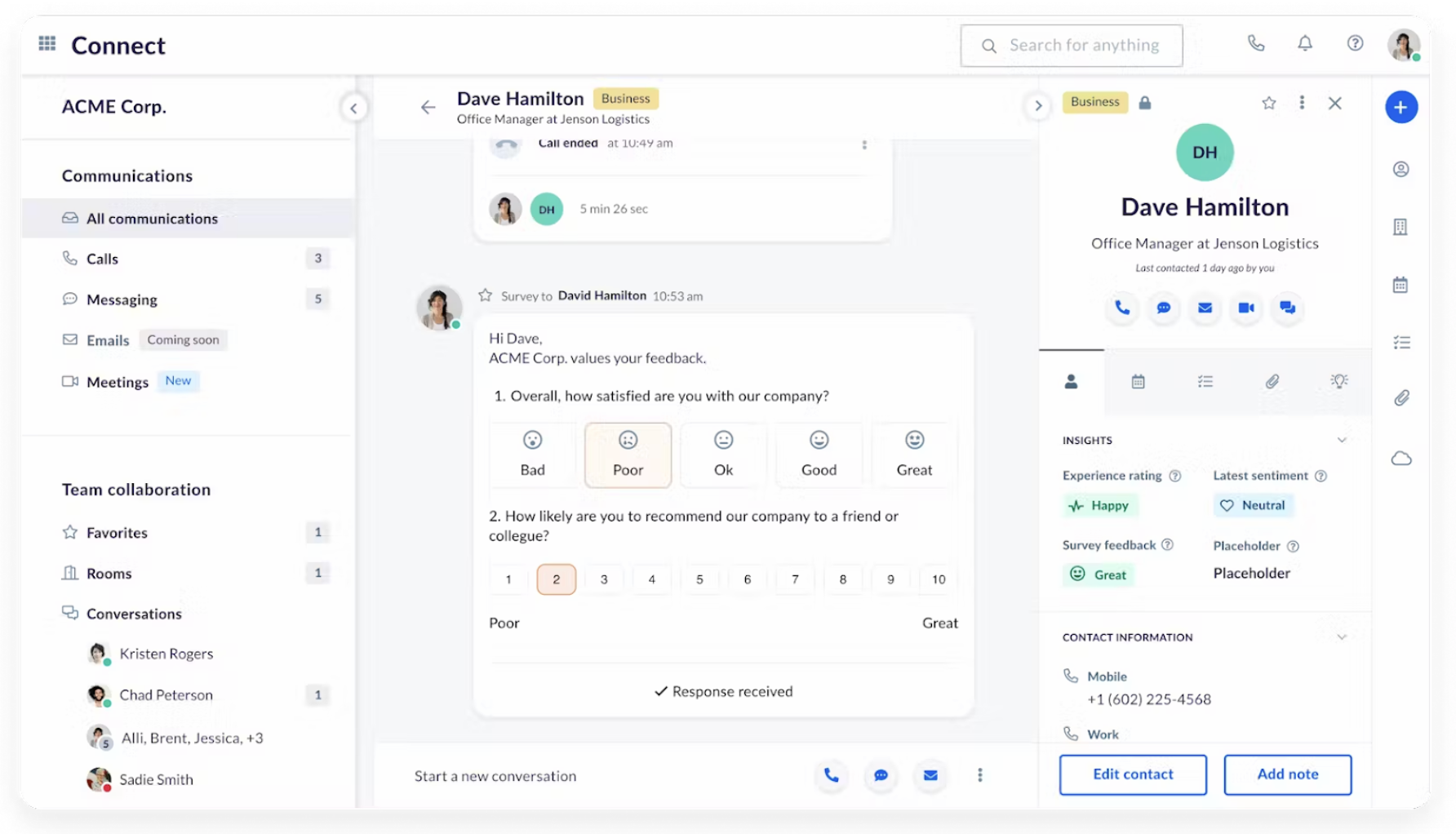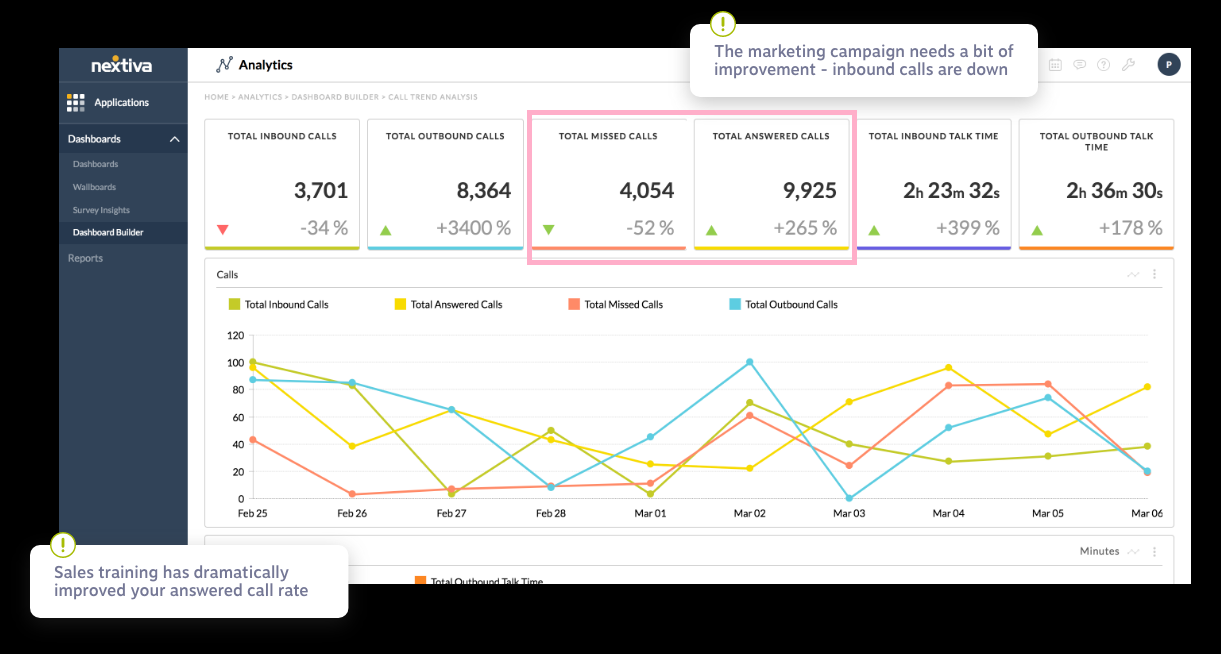

Exceptional customer service is the foundation of customer success that drives business growth.
Yet, far too many customers walk away feeling unheard, unappreciated, and lost in the shuffle. This disconnect isn’t due to a lack of caring but often stems from the absence of a clear, well-defined customer service strategy.
The good news? A staggering 91% of customers will return when their needs are met and exceeded. This guide will walk you through the key elements of a customer service strategy and equip you with actionable steps to build one that sets you apart from the competition and wins lifelong customer loyalty.
Download Gartner’s report to evolve your CX & unlock key strategies.
A customer service strategy is a comprehensive plan that outlines how a business interacts with its customers, resolves issues, and provides support throughout the customer journey. It’s your playbook for turning customer interactions into positive experiences, including the processes, methods, and technologies that ensure customer satisfaction and loyalty.
This practical roadmap aligns your team’s actions with your customers’ needs and expectations, ensuring consistency, building trust, and driving customer loyalty and growth.
To understand your customers, go beyond surface-level demographics. Dive into their motivations, pain points, and preferences. Segment your customer base based on their needs and behaviors. Are they first-time buyers or loyal customers? What channels do they prefer for communication? What are their most common questions or issues?
Understanding these nuances helps you tailor your service approach to each segment, providing a more personalized and effective experience. For instance, you might offer proactive support to high-value customers or create self-service resources for those who prefer to find solutions independently.
Next, map out all customer touchpoints — every point of contact customers have with your business, whether through your website, social media, or customer support channels.
Visualize these touchpoints by creating a detailed customer journey map, focusing on service interactions from the moment a customer seeks assistance to issue resolution. Also, gather information directly from your customers through feedback forms, interviews, follow-up calls, and social media monitoring.
Almost 64% of Twitter users would rather tweet about a brand than call them. Imagine a large chunk of your customers using Twitter to raise concerns, send direct messages, applaud, or complain about your brand. You wouldn’t want to miss out on such important conversations.

While improving customer happiness is a universal goal, your customer service strategy should be more than just a feel-good initiative. It should directly contribute to your overall business objectives.
For example, if your company aims to increase revenue, your customer service goals might focus on upselling and cross-selling opportunities. If your goal is to reduce costs, you might prioritize self-service options and efficient issue resolution.
Aligning your customer service goals with your broader business objectives ensures that your service strategy not only delights customers but also drives tangible results for your company.
Having a clear customer service vision and setting customer service standards helps here. Your goals should be SMART goals: Specific, Measurable, Achievable, Relevant, and Time-bound. Focus on one area at a time, whether it’s improving response time, boosting customer satisfaction scores, or increasing your Net Promoter Score (NPS).
Select key performance indicators (KPIs) and customer service metrics to track and benchmark your progress. Track calling metrics like missed calls, answered calls, and abandonment rate to see how your team handles customer calls.

Also, look at customer satisfaction metrics. Some customer service KPIs you’ll want to choose from include:
Analyze these metrics together with broader business metrics for a comprehensive view of your performance.
For example, set a goal to achieve a 90% service level by the end of the third quarter or aim to increase customer reviews by 25% within the year. These concrete objectives give your customer support team direction and let you measure customer service performance over time.